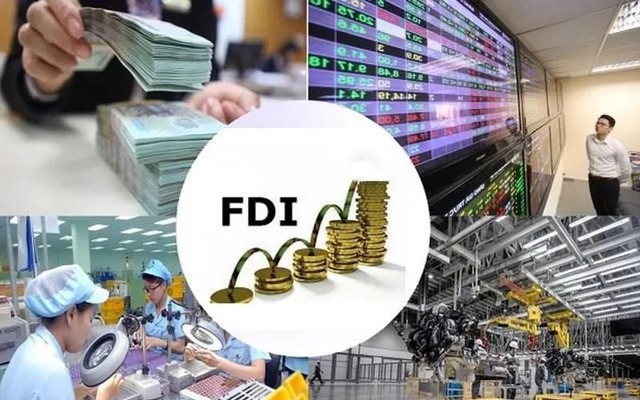Ha Noi sustains strong appeal for foreign investors
VGP - From 2020 to October 2025, Ha Noi attracted more than US$15.6 billion in foreign direct investment (FDI), a testament to its enduring business appeal and the municipal government’s consistent efforts to enhance infrastructure, streamline administrative procedures, and strengthen governance.

Despite global economic headwinds and the severe impacts of the COVID-19 pandemic, Ha Noi has continued to draw robust FDI inflows throughout 2020–2025, reaffirming its position as one of Viet Nam's most dynamic growth engines.
Of the total investment, over US$10.8 billion—equivalent to 69.2 percent—came from capital expansion in 1,007 existing projects, underscoring that most investors are long-term partners scaling up their operations. This trend reflects solid investor confidence in Ha Noi's business climate and future prospects.
In just the first ten months of 2025, the city registered US$3.894 billion in FDI, nearly three times higher than the same period last year and surpassing its annual target. Additional capital from 115 ongoing projects made up more than 83 percent of this amount, reinforcing the strong momentum of expansion and diversification among established investors.
Over the past five years, Ha Noi's FDI trajectory has gone through three clear phases. Between 2020 and 2023, investment slowed amid the pandemic and global uncertainties, bottoming out at US$1.457 billion in 2021. The trend reversed in 2024, when FDI surged to US$5.629 billion, the highest level in five years, accounting for over one-third of total inflows during the 2020–2025 period. This upward momentum has carried into 2025.
Notably, Ha Noi's FDI disbursement rate has remained impressively high, averaging 93.3 percent and peaking at 97.6 percent in 2024. This reflects both the city's efficiency in project execution and its effective coordination with investors.
Major industrial parks such as Thang Long, Bac Thang Long, Quang Minh, Phu Nghia, and Sai Dong B continue to be magnets for foreign capital. Among them, Thang Long and Quang Minh stand out for their high occupancy rates, modern facilities, and substantial fiscal contributions.
To accommodate growing investor demand, Ha Noi is expanding existing parks and developing new ones, including Phu Nghia 2, Dong Anh, and Bac Thang Long (expansion). The city's cumulative FDI has now reached US$71.1 billion, ranking second nationwide after Ho Chi Minh City.
The city's success in attracting FDI stems largely from ongoing reforms, particularly its transition toward digital governance and fully online public services. Faster project approvals, enhanced transparency, and proactive business support have significantly boosted investor confidence.
At the same time, Ha Noi continues to invest heavily in transport and urban infrastructure—notably ring roads, metro systems, and new urban areas—creating favorable conditions for balanced, multi-polar economic growth.
Investment promotion has also become more strategic and selective, shifting from broad-based invitations to targeted engagement with multinational corporations, high-tech industries, and projects generating strong spillover effects.
Looking ahead to 2026–2030, Ha Noi aims to shift from attracting investment quantity to ensuring investment quality, with a focus on high-tech, green, and environmentally sustainable projects that strengthen linkages with domestic enterprises.
The city envisions becoming a northern regional hub for semiconductors, data centers, renewable energy, innovation, and digital finance.

Under its new spatial development plan, Ha Noi will foster multi-centered investment zones aligned with regional growth corridors—such as Dong Anh–Soc Son–Me Linh (industry and logistics), Gia Lam–Long Bien (trade and services), and Ha Dong–Hoai Duc (urban development and finance–technology). Integrating FDI with public transport networks, especially through Transit-Oriented Development (TOD), is expected to drive sustainable growth, elevate urban living standards, and optimize land use.
With its strong performance during 2020–2025 and a forward-looking strategy for the next decade, Ha Noi is poised to enter a new era of high-tech, smart, and sustainable investment, propelling innovation, enhancing competitiveness, and realizing its vision of becoming a leading regional center for economy, finance, and technology./.

